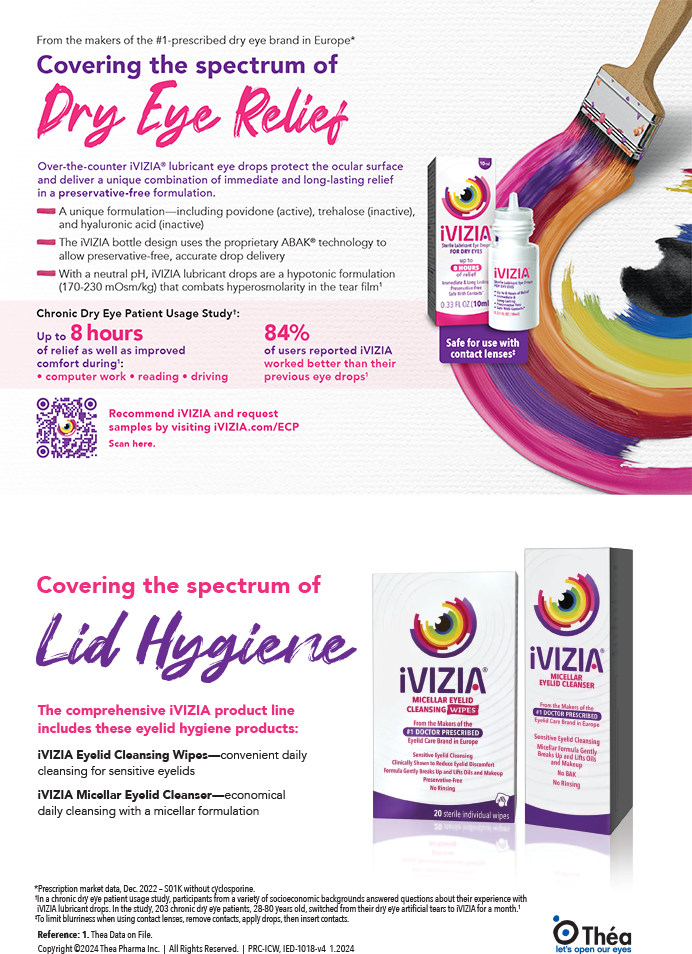Certain indelible moments define who we are and have profound consequences (good or bad) on our lives. For example, I will never forget being in the OR when the World Trade Center was attacked or when my wife, Marleen, roused me at 3:00 AM out of a sound sleep to announce she was in labor on the day our daughter was born. From a professional perspective, I will always remember my first cataract surgery, and I would guess that many readers have an enduring recollection of theirs. I recall the patient, the placement of seven semiradial sutures, and the absolute exhilaration of completing a successful extracapsular surgery, including the implantation of a PCIOL. I also remember Arnold Turtz, MD, the ophthalmologist at Manhattan Eye, Ear, and Throat Hospital whom I chose to guide me through that first case. I selected him carefully based on the attributes of surgical skill, patience, and teaching ability. That day, he also provided me with the best advice I have ever received in the OR. I am certain I was smiling stupidly when he said, “Eric, remember the feelings you are experiencing right now. Every time you perform surgery in the future, remember what a privilege it is to be a cataract surgeon. Enjoy every operation as much as you have enjoyed this one. If you do this, you will have a wonderful career.” He was correct, and I have told this story to every resident I have ever taken through his or her first case.
We never stop learning in ophthalmology. We have a vibrant specialty with constantly evolving challenges and new technology designed to meet and exceed them. Digital online learning opportunities abound and transport surgical education into our homes on a daily basis. I regularly visit Eyetube.net to look at new techniques or brush up on procedures I have not performed in a while. Just last week, for example, I checked out a video in which Garry Condon, MD, explains how to perform the Siepser sliding knot technique. Teaching today is becoming more interactive, with audience response systems at meetings and video conferencing creating virtual encounters from our homes and offices. Bonnie Henderson, MD, has performed a true labor of love by creating a surgical simulator that has the potential to revolutionize teaching residents.
Despite these astonishing educational advances, nothing is quite as essential as the one-on-one training that occurs during residency between the student and the experienced surgeon. This edition of Cataract & Refractive Surgery Today gives voice to the surgeons who do the training as well as to some of the residents who are the future of our specialty. Teaching residents requires nerves of steel, dedication, and extraordinary patience. In general, the surgeons are not compensated adequately in the traditional sense for their time and effort, but they have the inner satisfaction of performing a critical mission. Teaching is a gift, and our colleagues who train residents are the unsung heroes of our specialty.


